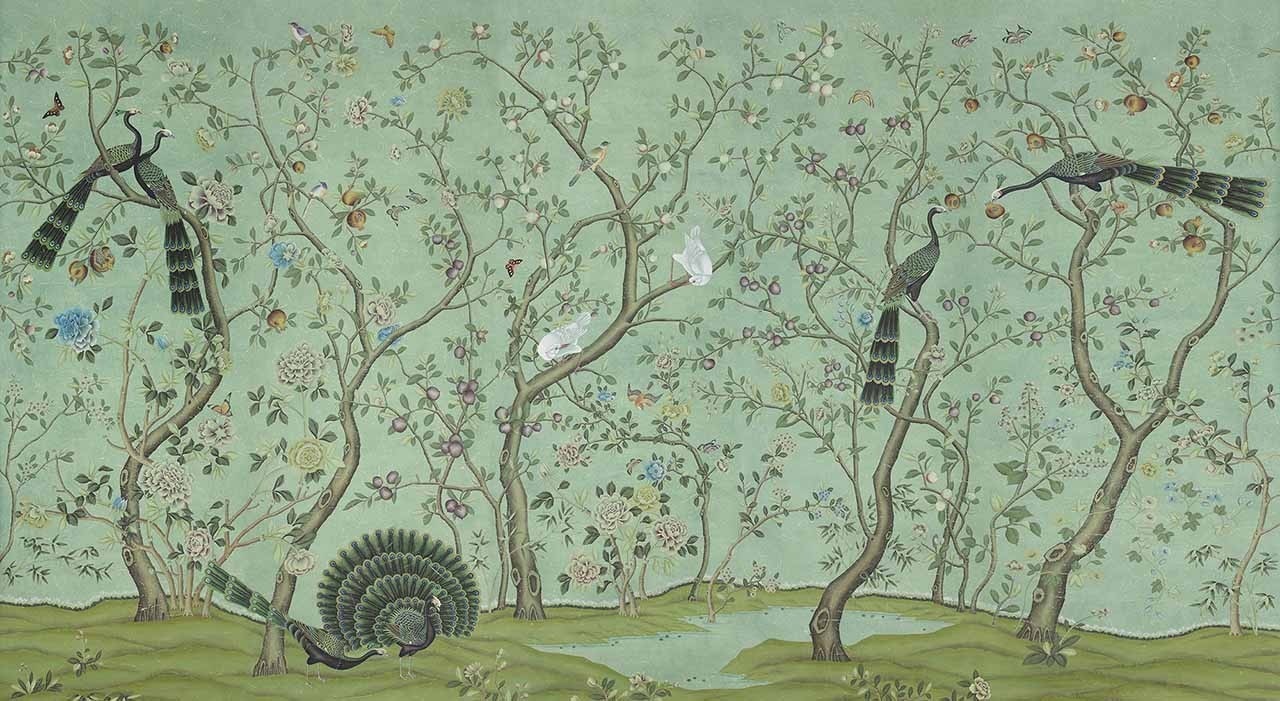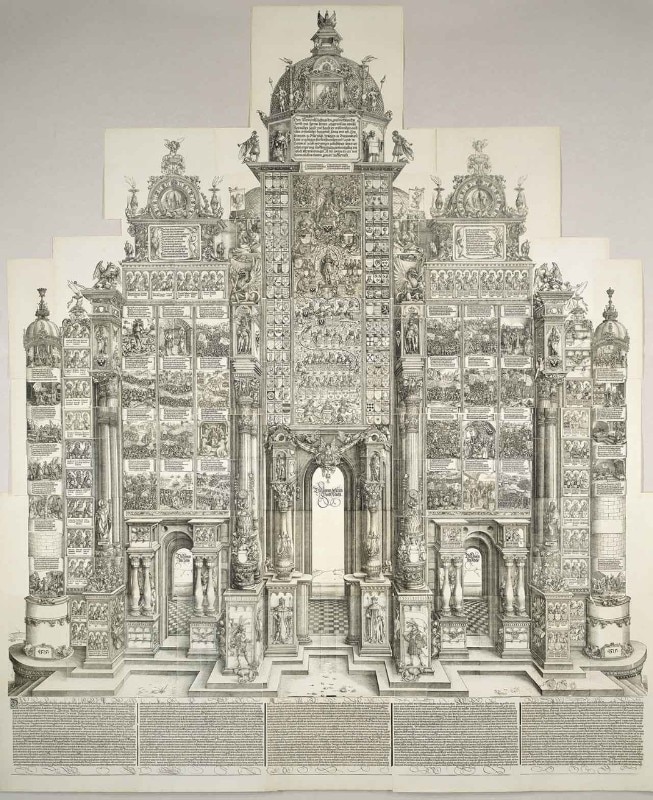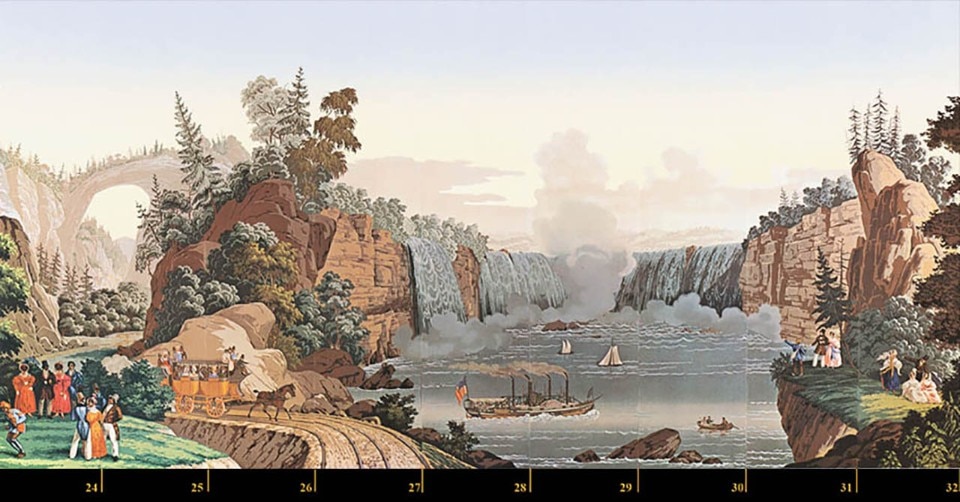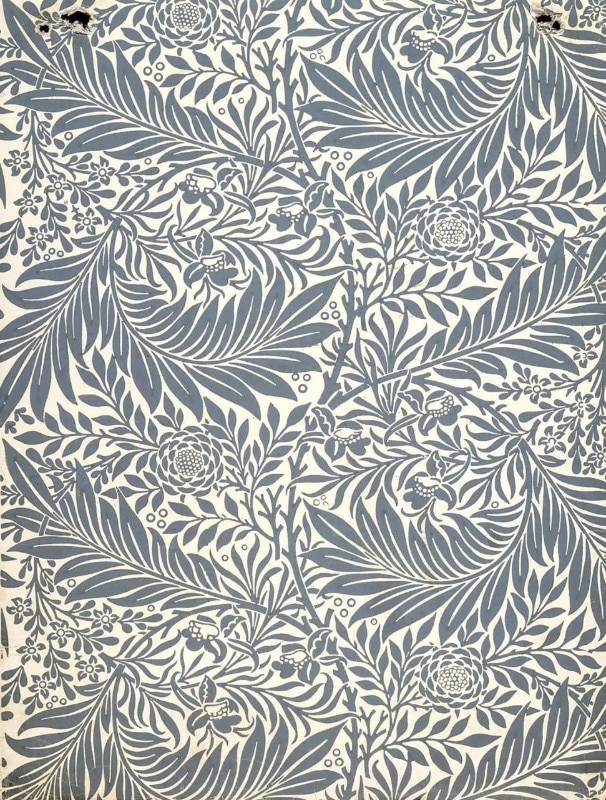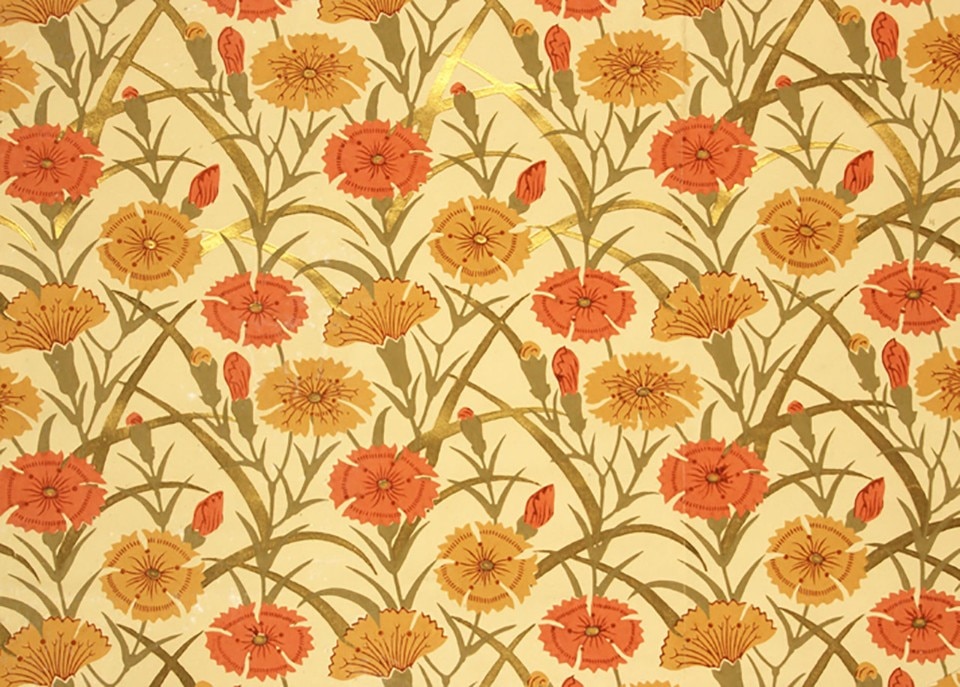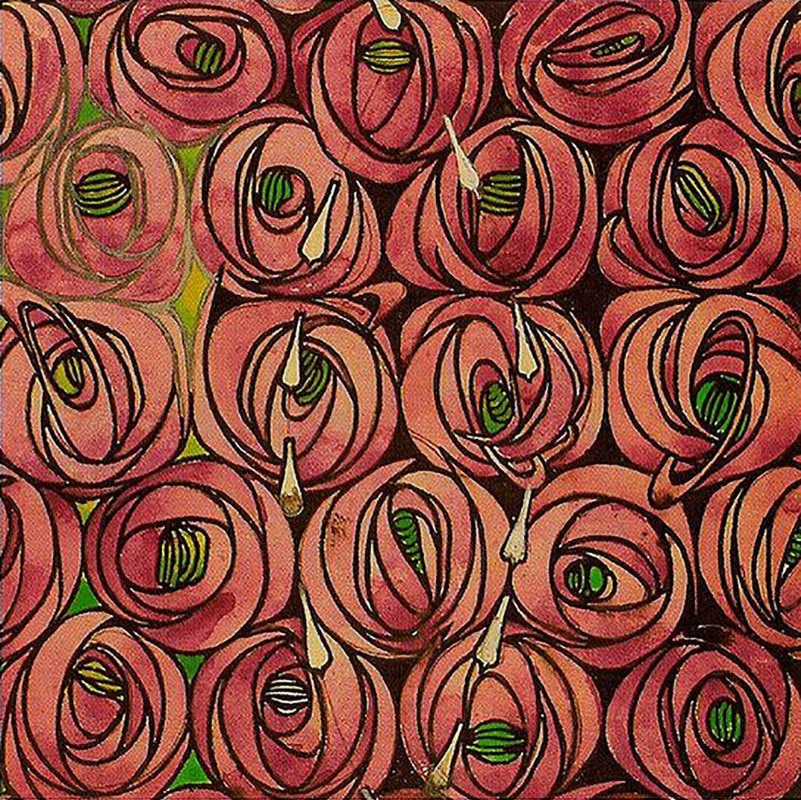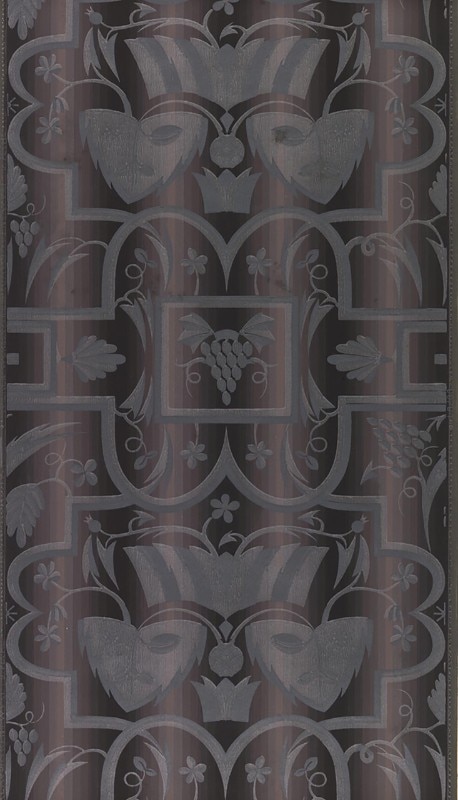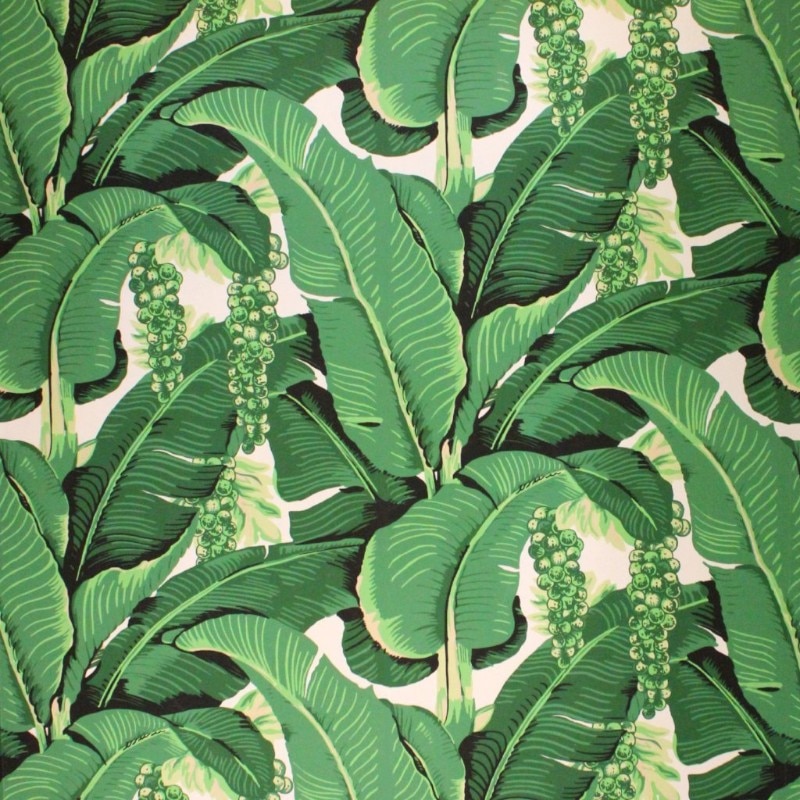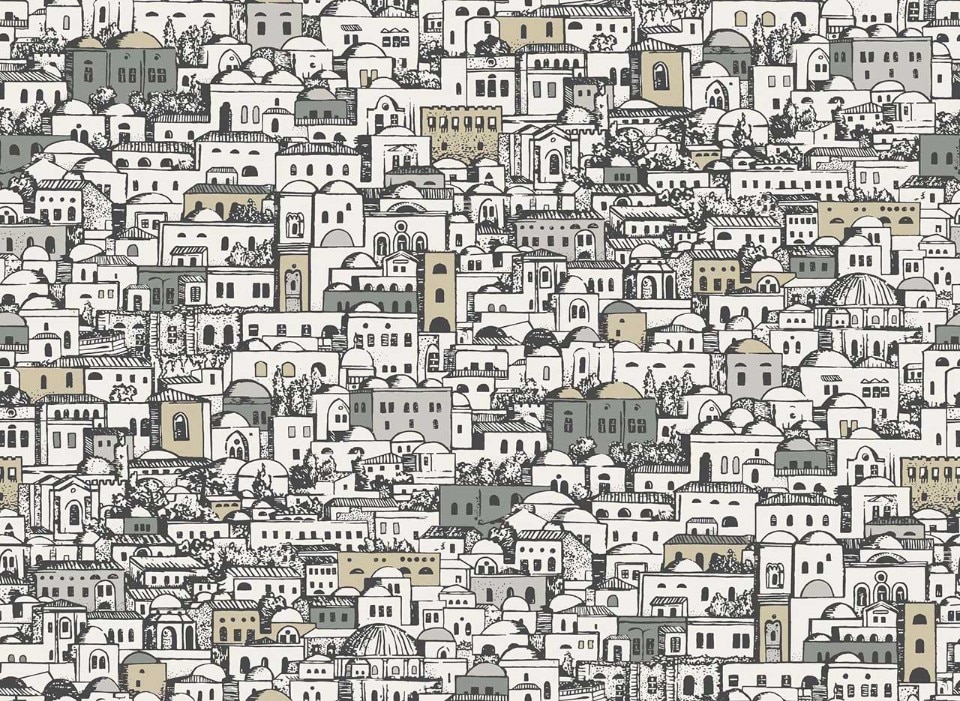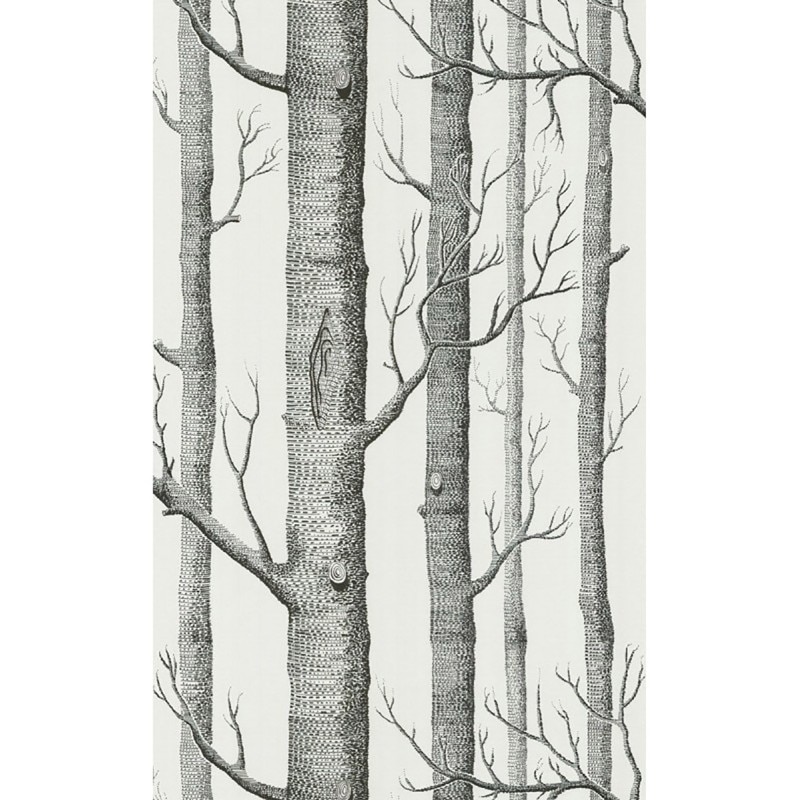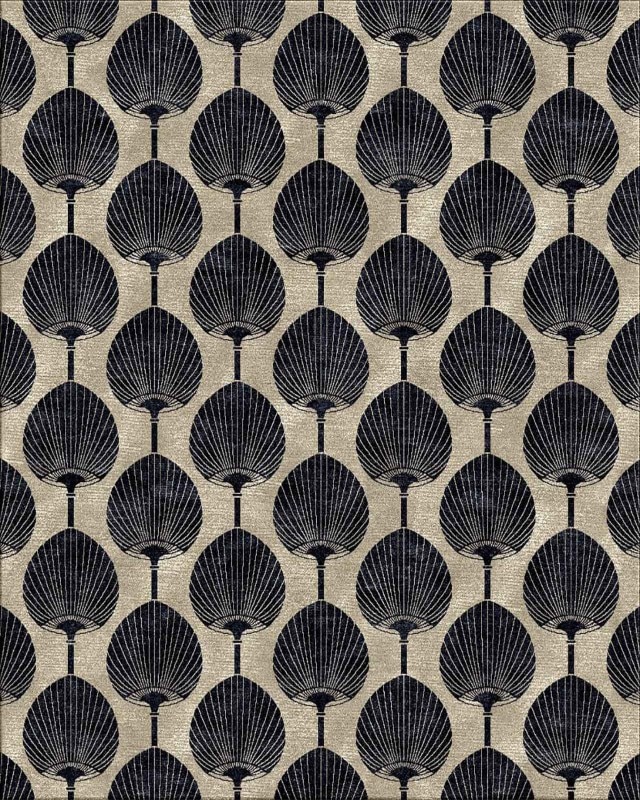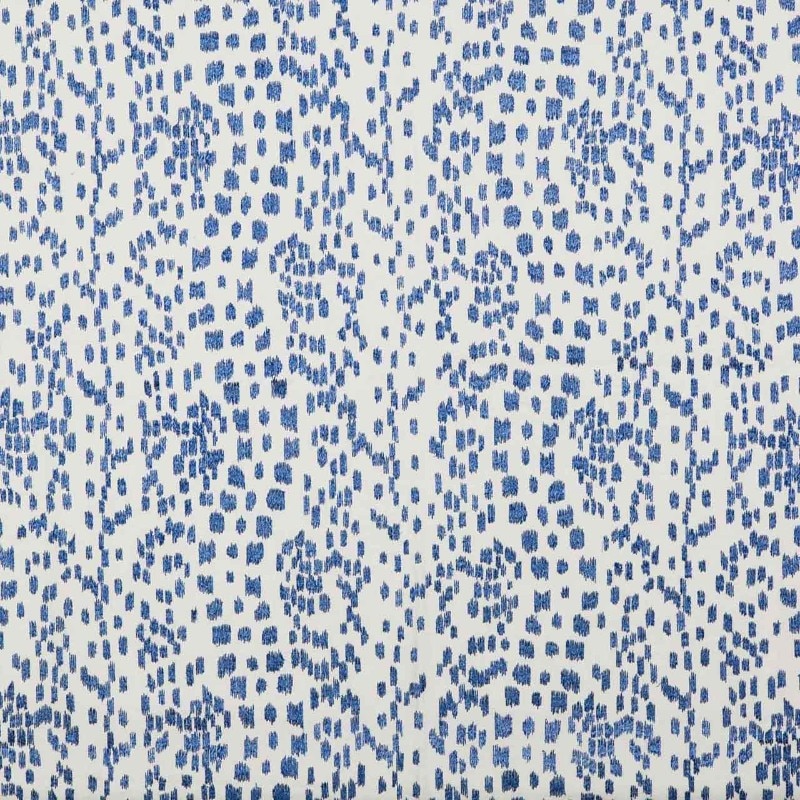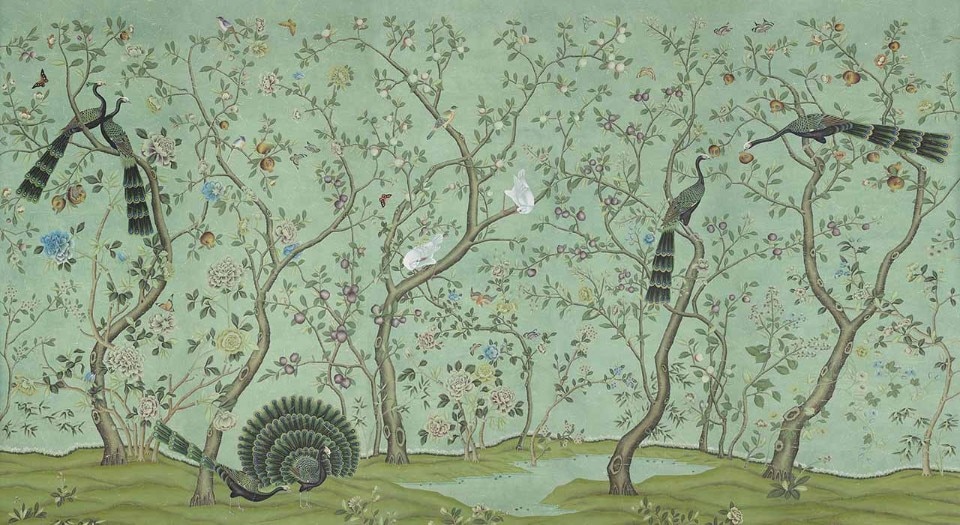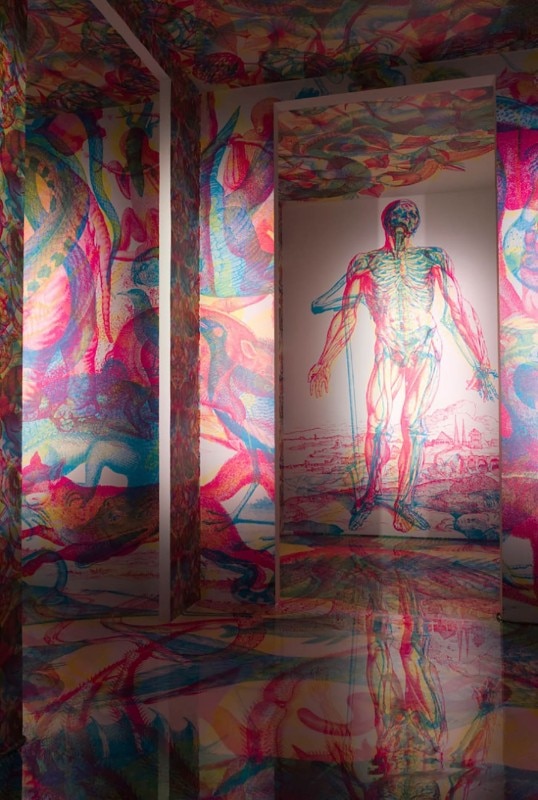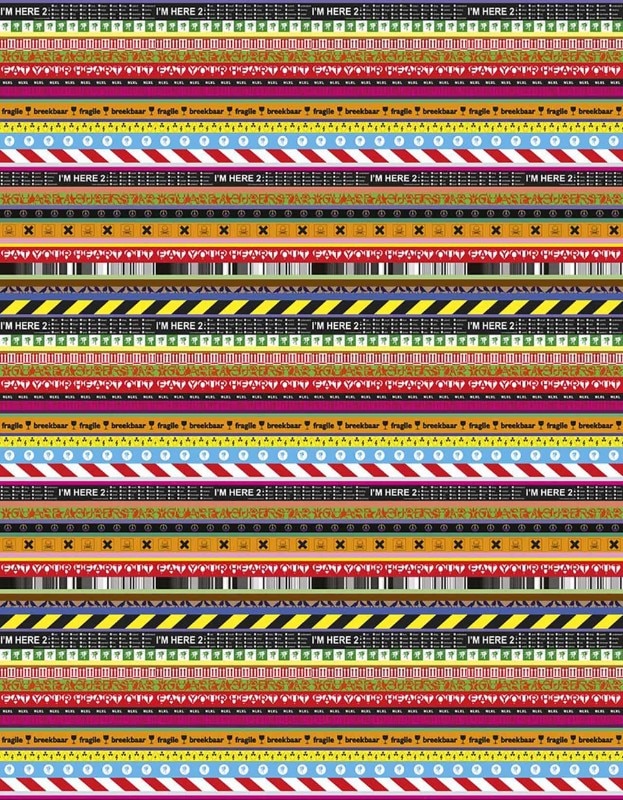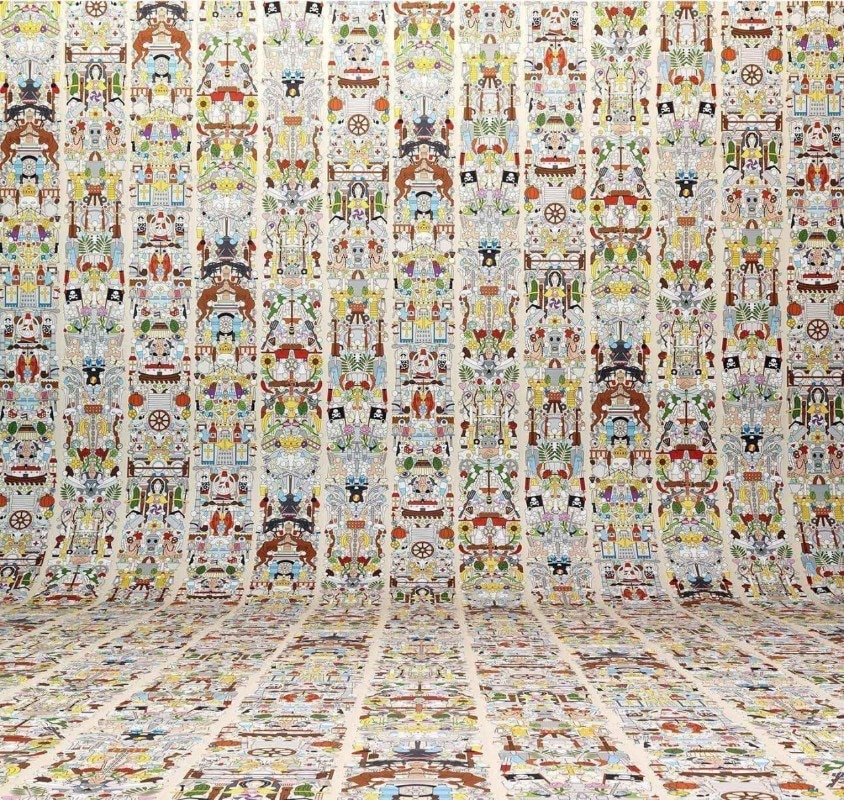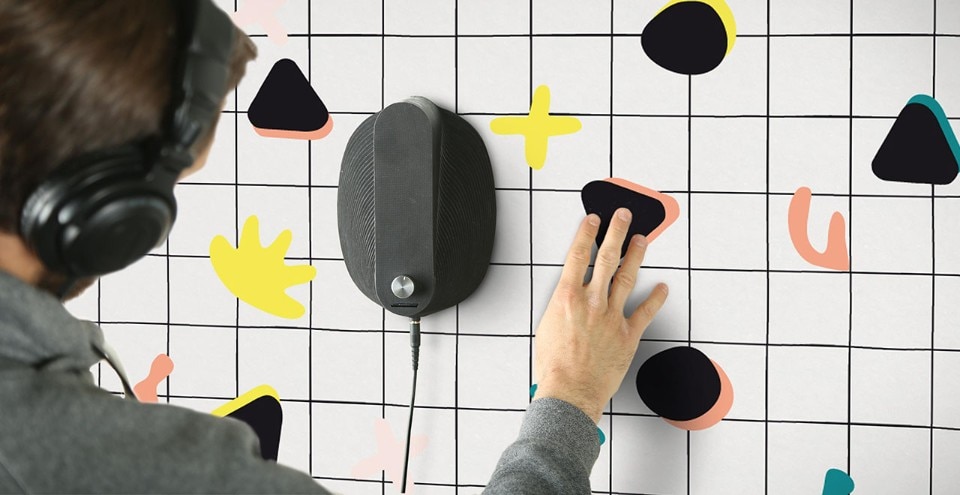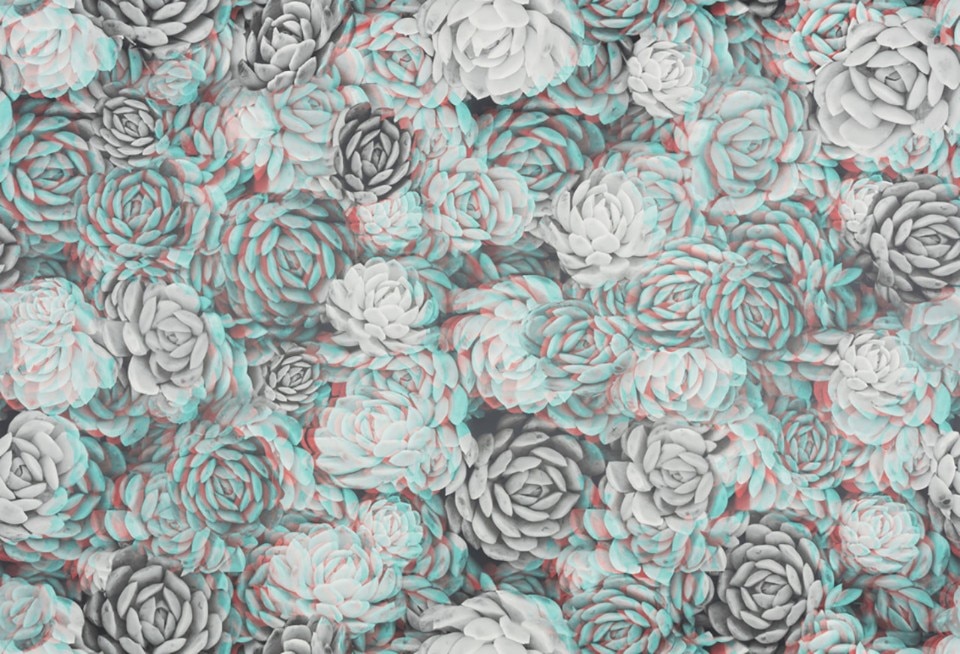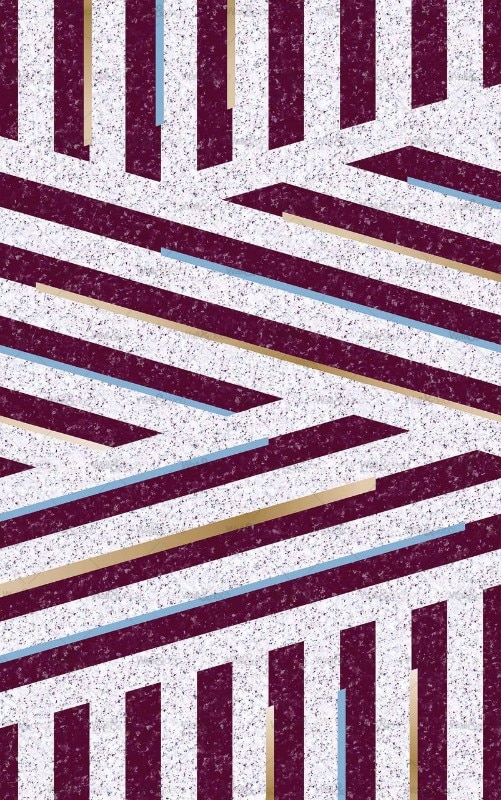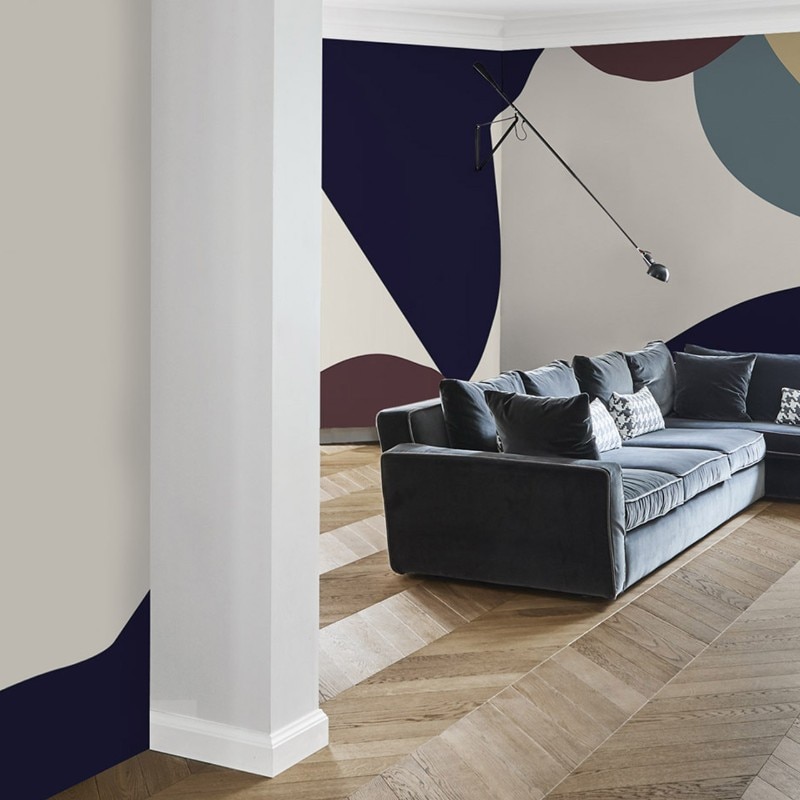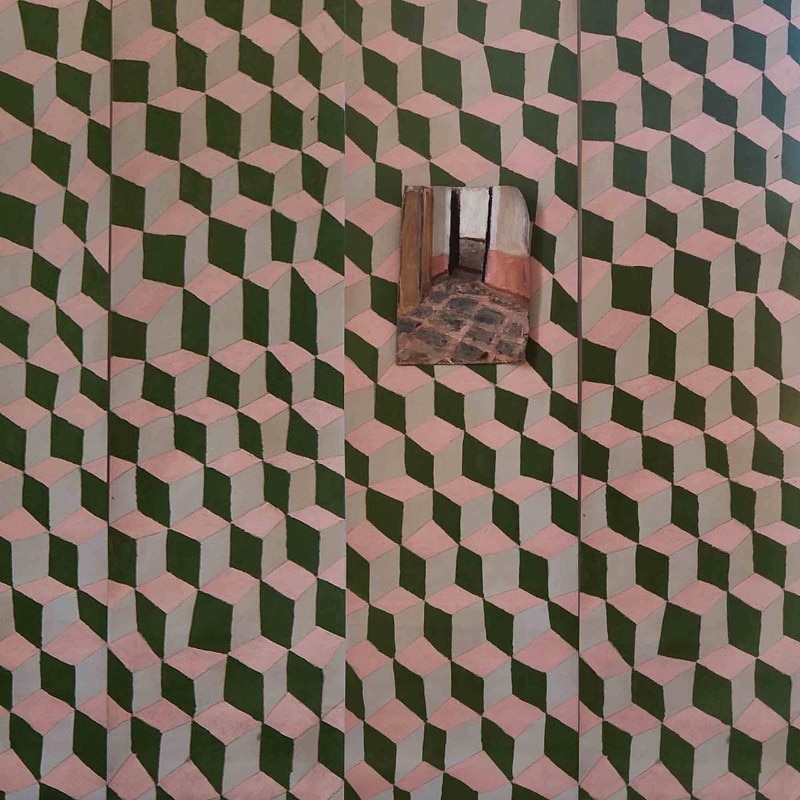Wallpaper was first invented in China, where people would engrave different designs on wooden panels, and it reached Europe as early as the 15th century. For centuries, wallpaper has been a common element in every household, even those that were not necessarily wealthy. The fact that it was considered indispensable is something to reflect on, especially at a time when, despite a successful comeback that started more than a decade ago, we continue to see it as an unnecessary decorative device with a maximalist inclination, perhaps to be limited to a single portion of the wall.
And yet, still today, the desire to mark the walls of our homes with drawings that have a symbolic effect is an essential need, as they are capable of emphasizing that sort of cocoon that every room inevitably ends up being, even though they usually refer to other places and imaginaries far from our daily lives. The almost exclusive presence of floral and natural elements on wallpaper up to the second half of the 20th century seems to confirm this paradox: as our houses become more and more urban, those images recalling the beauty and freedom of nature are evocative and consolatory, and therefore necessary.
Today, when even the industrial reproduction of wallpaper rolls seems to be overtaken by personalized digital printing services, the orthodoxy of natural motifs inevitably appears as a distant past, while the future opens up to personalized motifs capable of playing with hyperrealism or absolute abstraction. In the meantime, it is surprising to discover how prolific the last ten years have been in terms of inventive design – just think of 3D effects, sound interactions, and over-the-top archival rediscoveries. Perhaps this is a way of saying that, despite personal taste, the cues offered to designers by this medium are too valuable, and it is not yet time to replace them with banal on-demand services.


